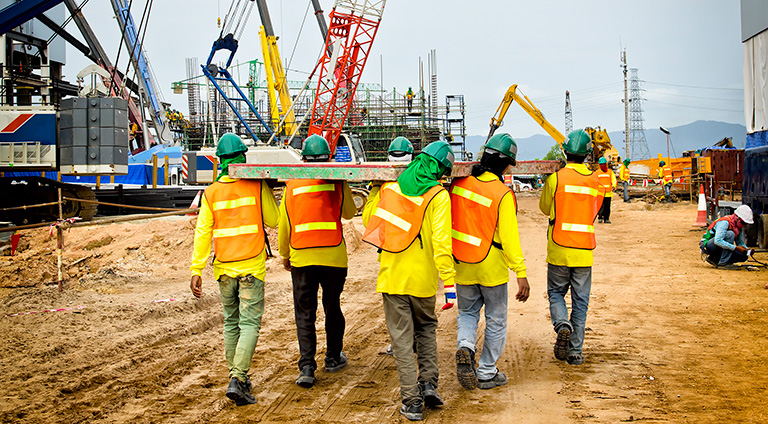Amid a stubbornly weak global economy, joblessness around the world is predicted to increase by 3.4 million people this year and a further 2.7 million in 2018 as countries struggle to create enough work for their growing labour forces.
“While labour market problems are far from being the only driver of social unrest, they nevertheless represent an important component,” the report noted.
According to the ILO’s social unrest index, which measures the discontent citizens express around the socioeconomic situation in their countries, the risk of social unrest or discontent has heightened across almost all regions.
On average, global social unrest rose by 0.7 points on the index between 2015 and 2016, to 22.4 points (out of 100) – this is lower than the post-crisis peak of 21.9, but remains above the long-term average (since 1980).
The largest increases occurred in the Arab states, sub-Saharan Africa and eastern Asia. There were also big variations between countries. While the score for Latin America and the Caribbean, for example, increased only marginally, Brazil saw a large 5.5 point increase.
Latin America, the Caribbean and sub-Saharan Africa face “particularly acute unemployment challenges”, the ILO continued.
The working-age population in is set to boom while economies continue to struggle with the legacies of the global financial crisis and the collapse in commodity prices. Sub-Saharan Africa is enduring its lowest growth for two decades.
Guy Ryder, ILO director-general, said that around the world countries were facing the “twin challenge” of repairing the social and economic damage of the crisis and having to create “quality jobs for the tens of millions of new labour market entrants every year”.
“Economic growth continues to disappoint and underperform – in terms of both levels and the degree of inclusion. This paints a worrisome picture for the global economy and its ability to generate enough jobs, let alone quality jobs.”
The ILO report also found that precarious forms of employment, which lack security, protections or decent working conditions, are expected to fall only marginally (by 0.2 percentage points) over the next two years, compared to an average annual decline of 0.5 percentage points between 2000 and 2010.
The figure is likely to stay above 42% in 2017 and 2018, equivalent to 1.4 billion people this year. Almost half of all workers in emerging countries are in this category, rising to four out of five in developing countries.
Given the projected expansion of the labour force in the next two years, the small decline implies that the actual number of people in this category will increase, the ILO said. It predicts that 11 million more people will enter precarious types of work per year, especially in southern Asia and sub-Saharan Africa.
Ryder described the persistently high-levels of poor quality work as “alarming”.
“We need to ensure that the gains of growth are shared in an inclusive manner,” he stressed.
The report added that these same factors were likely to drive people to move elsewhere to find decent work.
In developed countries, the ILO predicted a decline in unemployment in 2017 by 0.1 percentage points, but warned the pace of improvement was slowing and that long-term unemployment in both Europe and North America remained stubbornly high compared to levels before the crisis.
The ILO’s report called for an international, coordinated effort to provide fiscal stimulation and public investment to jump-start the global economy and reduce global unemployment by around two million by 2018.














